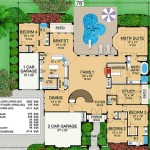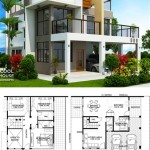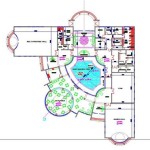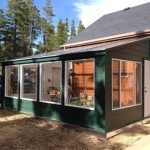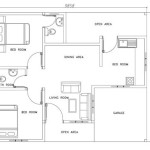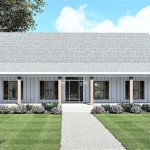House Plans with Breezeway Between House and Garage
House plans incorporating a breezeway between the main house and the garage offer a unique blend of architectural charm and practical functionality. This design element, a covered outdoor passageway, provides a sheltered connection, enhancing both the aesthetics and livability of a home. Understanding the advantages and considerations associated with breezeway house plans can assist in determining if this design aligns with individual needs and preferences.
One of the primary benefits of a breezeway is the enhanced curb appeal it provides. The architectural separation of the house and garage creates visual interest and breaks up the mass of the structure. This design can lend a sense of spaciousness and elegance, particularly suited to larger lots. The breezeway itself can be customized with various architectural details, such as arches, columns, or decorative railings, further enhancing its aesthetic contribution.
Beyond aesthetics, breezeways offer practical advantages. They provide a sheltered pathway between the house and garage, protecting occupants from inclement weather. This is particularly valuable in regions with heavy rainfall, snow, or intense sun. Carrying groceries, transporting children, or simply moving between the house and garage becomes more convenient and comfortable with a covered passage.
The covered area provided by a breezeway can be utilized as an extension of outdoor living space. Furnishing the breezeway with comfortable seating creates a sheltered outdoor room, ideal for relaxation or entertaining. The addition of ceiling fans can enhance airflow and comfort during warmer months. This flexible space can be adapted to suit various needs, from a casual seating area to a protected play space for children.
Breezeways can also offer increased privacy, particularly in homes situated on smaller lots. By separating the garage from the main house, the breezeway creates a visual buffer, shielding the main living areas from direct view from the street or neighboring properties. This separation can also contribute to noise reduction, minimizing the impact of garage door openings and closings on the interior living spaces.
Incorporating a breezeway into house plans offers design flexibility. The width and length of the breezeway can be adjusted to suit the specific needs and dimensions of the property. The style of the breezeway can be customized to complement the architectural style of the main house, ensuring a cohesive and harmonious design. Materials used in the construction of the breezeway can also be varied, from traditional wood framing to more modern materials such as metal and glass.
However, it's important to consider potential drawbacks. Breezeways can increase the overall construction costs of a house due to the additional materials and labor required. The added square footage of the breezeway may also contribute to increased property taxes in some areas. Carefully evaluating the budget and potential long-term costs associated with a breezeway is essential during the planning process.
Furthermore, the open-air nature of a breezeway, while offering benefits in terms of ventilation and connection to the outdoors, can also present challenges in certain climates. In regions with extreme temperatures or persistent insects, the usability of the breezeway may be limited. Consideration should be given to the local climate and the potential need for screens or other protective measures to maximize the functionality of the breezeway throughout the year.
The orientation of the breezeway is another crucial factor to consider during the design phase. Optimizing the breezeway's position to capture prevailing breezes can enhance natural ventilation and comfort. Conversely, poorly positioned breezeways can create wind tunnels or trap heat, negatively impacting the comfort and energy efficiency of the home. Careful consideration of the site's microclimate and prevailing wind patterns is essential for maximizing the benefits of a breezeway.
Finally, local building codes and regulations should be consulted during the planning process. Some jurisdictions may have specific requirements regarding the size, materials, and construction of breezeways. Ensuring compliance with local building codes is crucial for avoiding potential delays or costly modifications during the construction process. Consulting with a qualified architect or builder can help ensure that the breezeway design adheres to all applicable regulations.
In conclusion, house plans with a breezeway between the house and garage offer a distinctive architectural element with both aesthetic and practical advantages. Careful consideration of the design, cost implications, and local climate can help ensure that a breezeway enhances the overall functionality, comfort, and value of a home.

Bungalow With Breezeway House Plans The Red Cottage

3 Bed Modern Farmhouse Plan With Breezeway Attached Garage 280057jwd Architectural Designs House Plans

Plan 500018vv Quintessential American Farmhouse With Detached Garage And Breezeway Plans Dream House

Bungalow With Den Like Breezeway 18243be Architectural Designs House Plans

French Country Home Plan With Covered Breezeway

Cottage House Plan With 4 Bedrooms And Breezeway 7981

Progress Breezeway To Mudroom Conversion Part 3 Midmod Midwest

Quintessential American Farmhouse With Detached Garage And Breezeway 500018vv Architectural Designs House Plans

Plan 36065dk 4 Beds And A Breezeway House Floor Plans

House Plans Home And Floor From Ultimate

